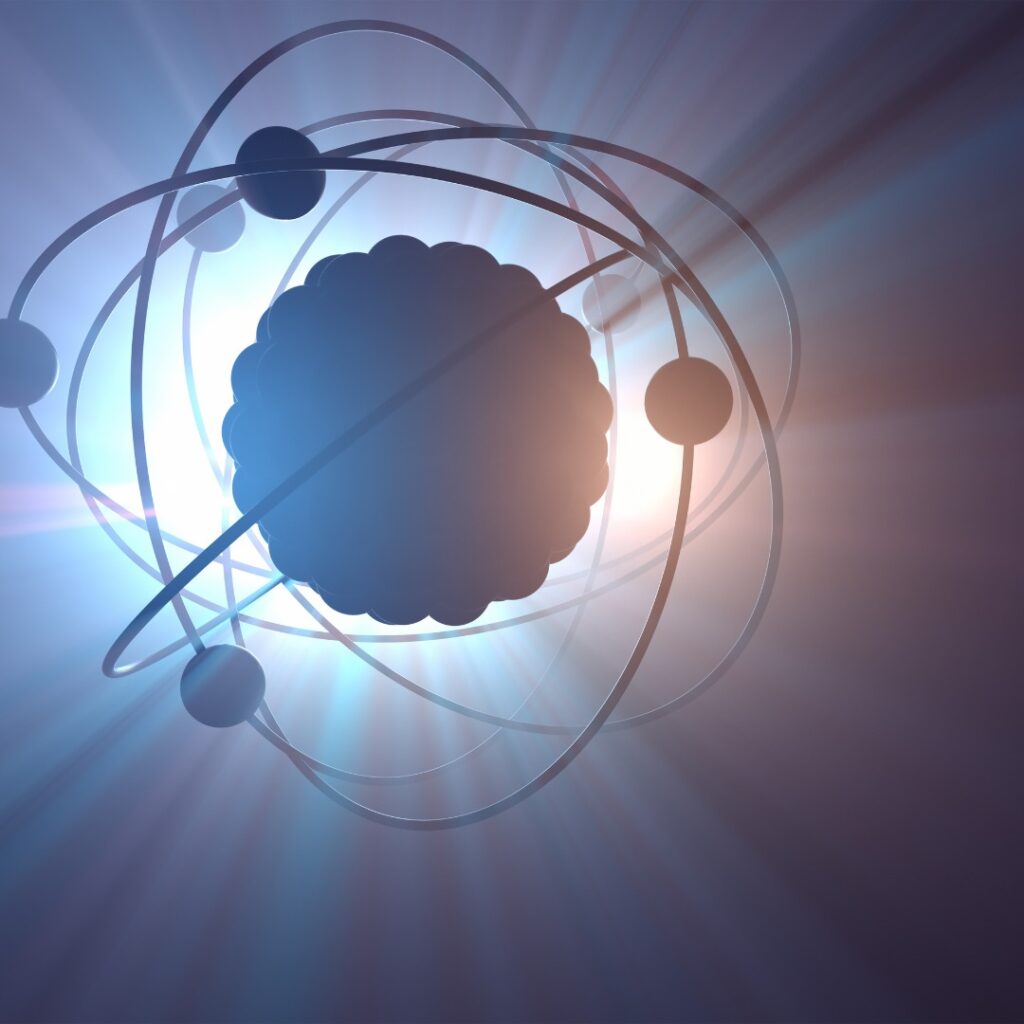Table of Contents
Have you ever heard of a computer running on nuclear energy? Big technology companies are talking about it—and not just for power plants. They want to power the world’s fastest AI computers with nuclear electricity. Sounds exciting… but also raises questions.
While nuclear energy is powerful and consistent, it brings risks and hidden challenges. In this blog, we’ll explain:
- Why tech giants want nuclear power for AI
- What nuclear energy can do
- What they might not be telling us
- What it mean for our future
Let’s dive in.
Why Do Tech Companies Want Nuclear Power?

AI Needs A Lot of Energy
Very powerful AI systems—used for things like big language models, simulations, or autonomous vehicles—need huge amounts of electricity, running 24/7. Traditional power grids sometimes can’t keep up.
Nuclear Energy Is Always Available
Nuclear power plants provide a constant, stable flow of energy (called baseload power). They don’t rely on sunshine or wind, making them perfect for heavy-duty AI operations.
What’s Good About Nuclear Energy?
- Reliable electricity runs day and night
- Low carbon footprint (no greenhouse gases while operating)
- Very efficient—small amounts of fuel generate lots of power
It could help AI centers run smoothly without outages and reduce climate impact.
What Are the Hidden Concerns?
However, there are downsides—some of which tech companies might not highlight:
- Expensive Projects
Building and running a nuclear plant requires billions of dollars, takes decades to complete, and employs numerous skilled workers. - Radioactive Waste
Nuclear reactors create dangerous waste that remains radioactive for thousands of years. Communities near plants worry about storage and safety. - Safety Risks
Accidents (like Fukushima or Chernobyl) show that failures can have long-lasting effects on people and the environment. - Limited Public Support
Not everyone wants a nuclear plant nearby. People often worry about safety, health, and contamination.
What Might Tech Companies Be Leaving Out?
While the idea sounds high-tech and green, some parts of the story often get lost:
- How will the radioactive waste be handled?
- Who will build and maintain these plants?
- Will taxpayer money support projects instead of clean, distributed energy (e.g. solar farms)?
- What about communities that oppose nuclear plants?
Could There Be Alternatives?
Yes! Alongside nuclear, there are other paths:
- Large-scale solar+storage
Big solar farms paired with battery solutions can supply clean energy. - Advanced microgrids
Smaller, local grids that combine renewables, batteries, and smart tech. - Energy efficiency in AI
Designing AI systems and data centers to use less power and recycle heat.
What This Means for the Future
If we choose nuclear for AI:
- We might see new tech campuses with power plants attached.
- Cities must plan for safety zones, training programs, and jobs.
- People must stay informed and participate in decision-making.
But if we choose renewable-based paths:
- We build slower, distributed systems that are safer and cheaper.
- Communities have more control.
- We reduce long-term risks.
Conclusion
Nuclear-powered AI sounds exciting and powerful—but it’s not the whole story. Tech companies may focus on the energy supply, but often overlook concerns about safety, cost, and waste.
Nuclear could indeed help power massive AI systems. But we must also consider safer, cleaner, and more community-friendly alternatives. The best path forward is one where innovation meets responsibility—and where everyone gets a say.